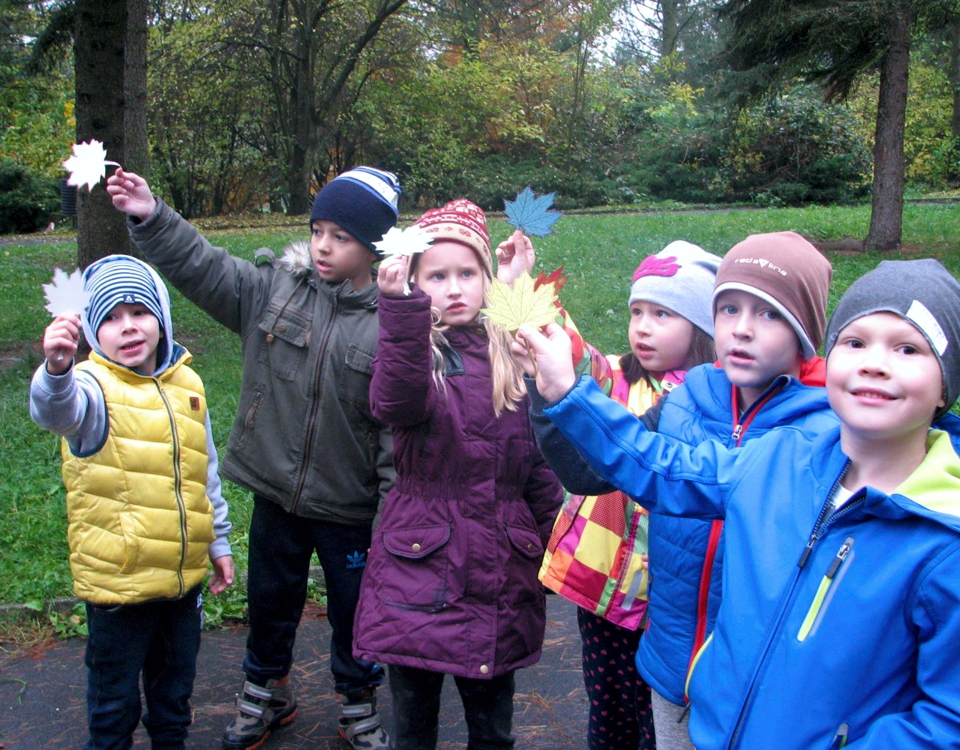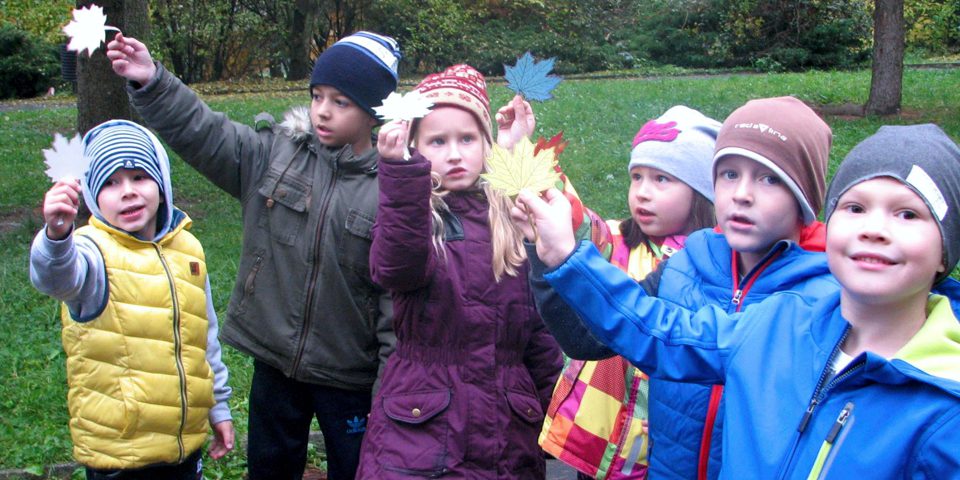Quality improvement tool

The 11th European Forest Pedagogics Congress 2016
29. October 2016
Forestry Days 2017 in Slovakia
21. April 2017
Quality improvement tool for forest pedagogy, environmental education and education for sustainability
Zürich, Switzerland, 1. March 2017
Author: SILVIVA, Switzerland

I f you want to improve the quality of your educational provision look no further... The FCN-Subgroup on Forest Pedagogy in Europe has, over the last year, tested a quality improvement instrument, originally developed by SILVIVA of Switzerland, to find out if the tool could yield any benefits for the organisations using it.
A total of 18 organisations from the Czech Republic, Poland, Slovakia and Germany used the tool to have a closer look at how their organisation works, how they implement their educational offers and what they could do in order to improve the quality of both aspects.
Here is what they found: Even though most organisations initially felt that the tool was rather complex and wide-ranging, they quickly understood that it is a helpful tool to drive an organisation’s development, the development of its offers and the understanding of all people involved about the quality cycle. They found that it is very important to see this as a tool to help an organisation and its employees in a process, not as a tool which casts a verdict on good or bad. Despite the initial hesitation, it seems a relatively easy, but coherent and complete way to assess the state-of-play of the organisation and to spot areas where improvements might be necessary.
It was impressive to see that the testing organisations quickly found areas where they could implement concrete measures to improve either the way the team works together or the way customers benefit more from the educational offer. It was also very good to see that the tool really does trigger reflection about one’s own work in those who worked with it. Here are some of the feedbacks the Subgroup received:
- “The instrument encourages thinking about specific aspects and areas of work, the results of which should be implemented in practice. This means that the institution needs to allow for time where the team can generate meaningful and timely implementations.”
- “Very important tool which allows a long-term look at the structure of organisations and indicates areas of improvement: it is like a roadmap for future developments. We definitely recommend this tool.”
- “The Tool gives the user a lot of freedom: a variety of measures to choose from”.
- “It triggered reflection on the fact that our work is not just environmental education, but encouraging cooperation, openness to other people, giving young people something they don’t get at school: in other words, it led to deep insights about one’s own work.
- “Questionnaire has prompted great conversation about the way I work, my skills & competences, the kind of educator I am. For example, I decided as a result to give children more time to find out about nature on their own; to not lead them by the hand; to let them work more in teams. I also try to work more with colleagues, learn from them and get feedback from them on my own work in order to improve.”
- “It was the first ever tool to check quality of work, all the other questionnaires were quantitative.”
- “As a consequence I started to use feedback questionnaires in everyday work to monitor quality in real time and make improvements.”
- “What I liked: The tool brings together all aspects of my everyday work in a coherent, logical manner. That is why I think this tool is so useful and valuable.”

